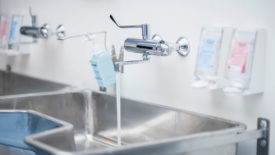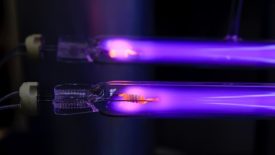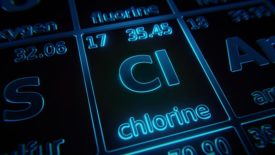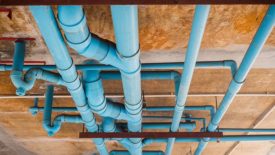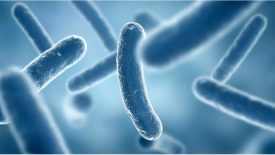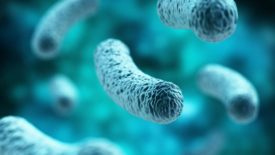James Dipping
James Dipping, PE, CPD, GPD, LEED AP BD+C, ARCSA AP, technical director, plumbing engineering for Chicago-based ESD, has more than 25 years of experience a plumbing engineer, and serves on the ASPE Legionella Design Guide Working Group.
ARTICLES
Professional Plumbing Engineer Viewpoints | James Dipping
Calling all architects and code officials.
Read More
Professional Plumbing Engineer Viewpoints | James Dipping
How are you polishing your technical skills?
The cost of working from home.
November 8, 2023
Professional Plumbing Engineer Viewpoints
James Dipping: Delivering products as engineers
How knowledge and expertise play into drawings and specifications.
July 5, 2023
James Dipping: Remediation tactics for Legionella outbreaks
What to do if Legionella is found in a plumbing system.
May 8, 2023
James Dipping: Non-chemical water treatment options for Legionella control
Specialty components to further reduce the risk of Legionella — part two.
March 6, 2023
James Dipping: Chemical and non-chemical additives for Legionella control
Specialty components to further reduce the risk of Legionella.
January 6, 2023
James Dipping: A deep dive into water pipe sizing
Selecting pipe size is not as simple as looking at a chart.
November 8, 2022
James Dipping and Molly Scanlon: 5 tips for reducing Legionella risk
Utilizing water management for construction and commissioning building
September 7, 2022
James Dipping: The facts about Legionella, and why we should care
Cases of Legionnaires’ disease are rising significantly.
July 7, 2022
James Dipping: Water intelligence: Are you warmer or colder in finding a solution?
Failure to properly monitor and maintain a water system can have a direct impact on a company’s bottom line.
May 11, 2022
Get our new eMagazine delivered to your inbox every month.
Stay in the know on the latest plumbing, piping, hydronic and fire protection trends.
SUBSCRIBE TODAYCopyright ©2024. All Rights Reserved BNP Media.
Design, CMS, Hosting & Web Development :: ePublishing

